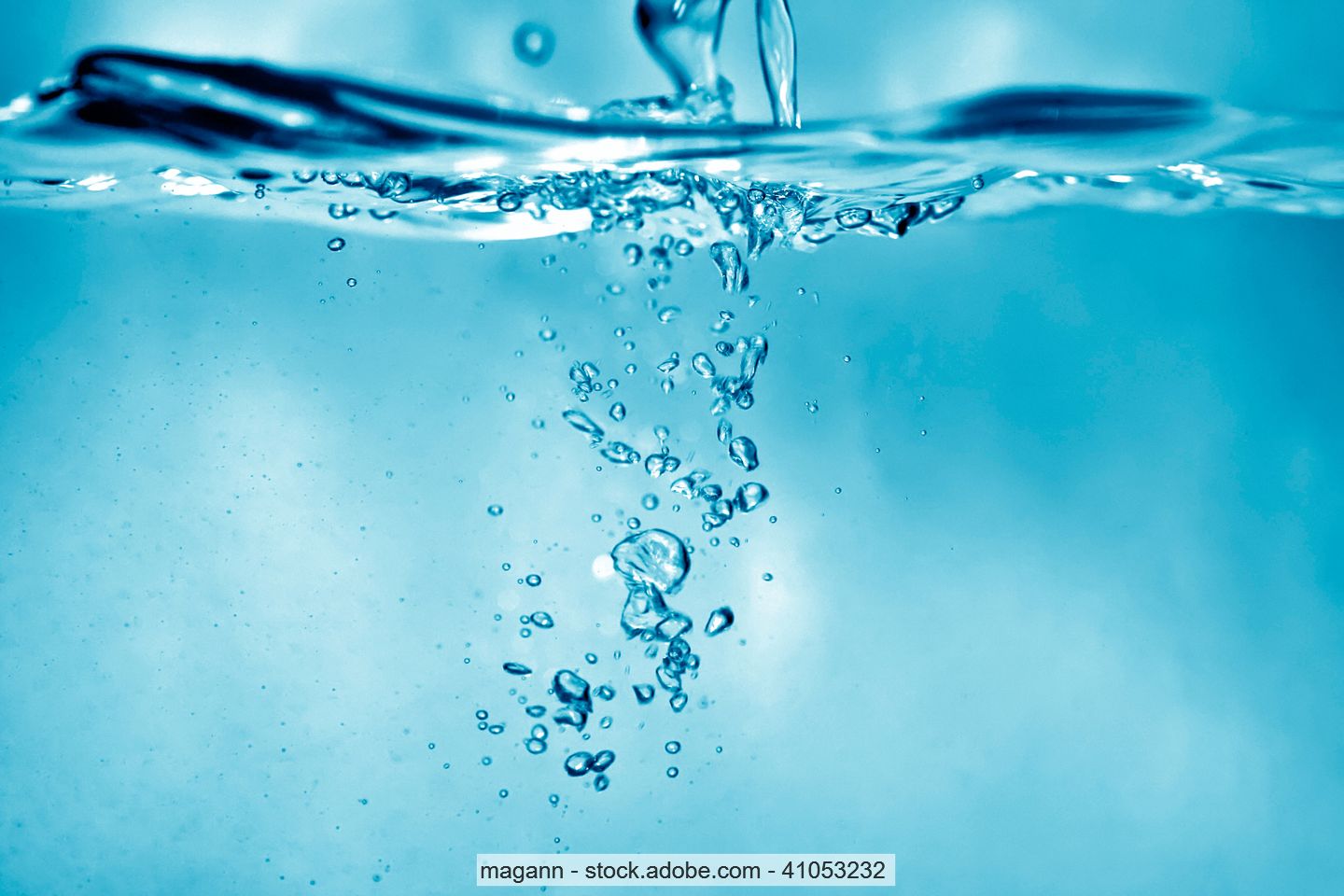Understanding the Mechanisms Behind Hydrogen Peroxide Production in Water Electrolysis

Maximizing Hydrogen Peroxide Yield
The focus of maximizing hydrogen peroxide yield during water electrolysis was the subject of a research project at Ruhr University Bochum, whose findings are presented in the latest issue of Angwendete Chemie International Edition.
Significance of Hydrogen Peroxide
As the university reports, when transforming water into hydrogen using hydrogen peroxide, a second valuable substance is produced that is essential in various industries, especially for disinfectant production.
- The use of a carbonate buffer is key in this process.
- The mechanisms behind the effectiveness of carbonate were previously unclear.
- Research teams, including members like Lejing Li and Prof. Wolfgang Schuhmann, have clarified these mechanisms.
Challenges in the Electrolytic Process
Prof. Schuhmann notes that hydrogen peroxide, while valuable, requires complex manufacturing processes that are not always environmentally friendly.
- Thermodynamics complicate hydrogen peroxide production.
- The easier process typically results in oxygen formation.
- The stability of the solution can be altered by adding a carbonate buffer.
According to Lejing Li, the introduction of factors such as carbonic acid leads to the production of bicarbonate, which further reacts to generate carbon dioxide. This approach helps maintain the pH balance in the solutions used.
This article was prepared using information from open sources in accordance with the principles of Ethical Policy. The editorial team is not responsible for absolute accuracy, as it relies on data from the sources referenced.